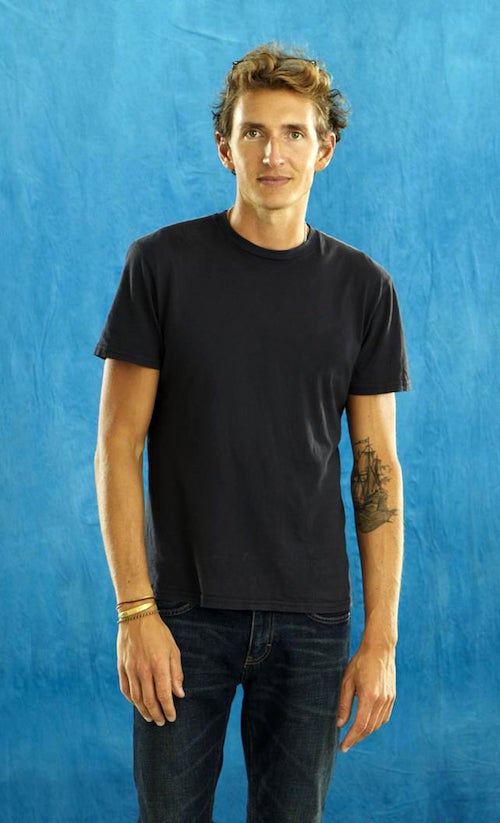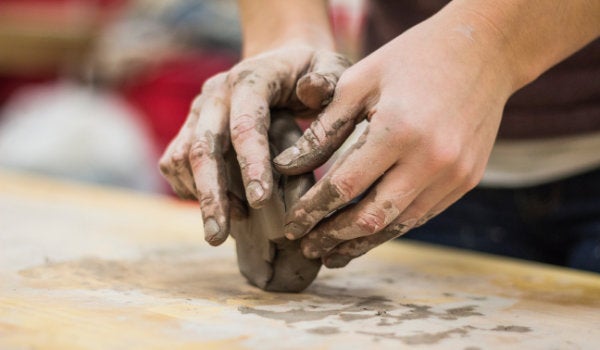In the world of visual art, there exists one basic yet guiding principle known as the rule of thirds. To put this rule into practice, take any image you know — whether it’s from a famous painting, a shot from a film, or even an old photograph — and mentally divide it using two evenly spaced vertical lines. Now do the same with horizontal. You might find that some of the most well-crafted shots put their point of emphasis slightly off-center, as this has been shown to be the most visually appealing orientation for viewers. Knowing this rule helps visual artists of all kinds understand two important aspects of art: balance and emphasis. For Christian Harder, these two traits functioned well beyond his art.
A Northern Westchester County, NY, native, Harder studied photography all throughout high school, but when it came time to select a college major he opted to study marine biology at the University of North Carolina. “I got to UNC and found that I couldn’t really express myself artistically,” he says. “I decided to look for a school that had both things, and I found URI. It had a really strong marine biology and visual arts program.” He made the decision to transfer to URI. As a marine biology and photography double major, Harder found his balance — but his emphasis remained in flux. “I had this really scientific, straight-and-narrow perspective,” he says, “which doesn’t bode well for the artistic process. I honed in on the darkroom process, and I was really unhappy when things didn’t turn out the way I wanted.” In his state of artistic crisis, it was Professor Annu [Palakunnathu] Matthew who came to his aid. “She gave me a Holga, which is this horrible, cheap camera, but the more I used it, the more I began to loosen up. It really inspired me and showed how she can get the best out of you as both a student and an artist.”
Harder graduated in 2005 with a B.S. in marine biology and a B.A. in art, receiving the Dean’s Award for Fine Art during his time here. He began working as a photographer assistant for William Abranowicz, whose work has appeared in collections worldwide, including the National Portrait Gallery of the Smithsonian Museum and the National Portrait Gallery in London. This was a pivotal time in Harder’s burgeoning professional career, as he says, “I really learned the ins and outs of the business, which is important, especially for people just starting out in the field. I really got to learn how a business works and how to build relationships with clients.” After working with Abranowicz for some time, Harder began accumulating his own clientele, as well as working with interior design company ASH NYC shooting interiors and architecture. Over a decade later, now calling the Catskills town of Bovina, NY, his home base, Harder works as a lifestyle photographer, which requires extensive travel and local-specific photography of restaurants and amenities. While he feels he’s settled into his niche, Harder understands the complexities of staying relevant in the digital age. “Working on your own,” he says, “you have to handle every aspect of your business, including production and client relations. That’s why I really encourage people just starting out to work as photographer assistants. It’s super challenging to break into the field.”
On a more optimistic note, Harder encourages prospective photographers to look beyond the Valencia filters of the popular Instagram app and VSCO accounts. “Being a photographer requires more than just taking pictures and making art,” he says. “If you have a passion for it, you should really consider working with other photographers while you’re in school. Find someone in the field that you want to work with, and don’t be afraid to reach out to them.” Lastly, he adds: “Thankfully, nothing can really change too much with photography, since it works within the confines of the technology of the past and present, but it’s still really important to make a career for yourself. It’s so much more than just taking photos.”
~Written by Chase Hoffman, Writing & Rhetoric and Anthropology Double Major, URI Class of 2021


